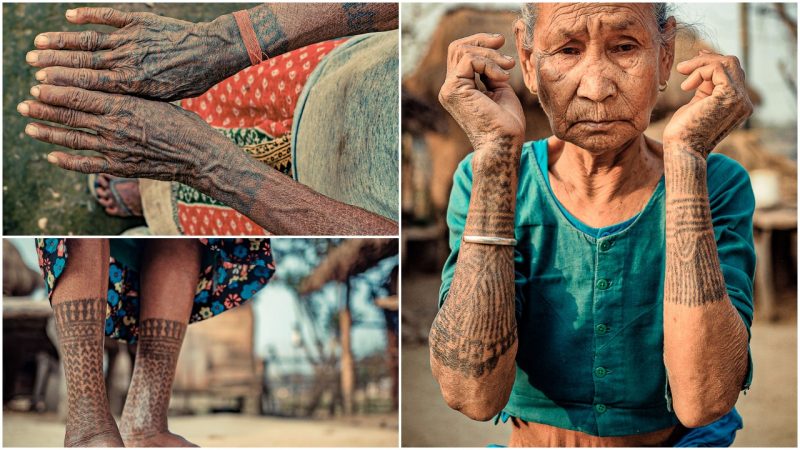Wonderful and unusual people can be found all over the globe. Many diverse civilizations have already vanished as a result of globalization and many are on the verge of extinction, their culture becoming forever lost.
Acknowledging the sadness of this loss, and recognizing the importance of such cultures–becoming ever rarer–photographers are traveling the globe and documented those they meet. It is thanks to those encounters that we can come to learn more and broaden our perspectives beyond the familiar. One such photographer is Omar Reda, the man who, through his passion, has given the world a number of fascinating images.
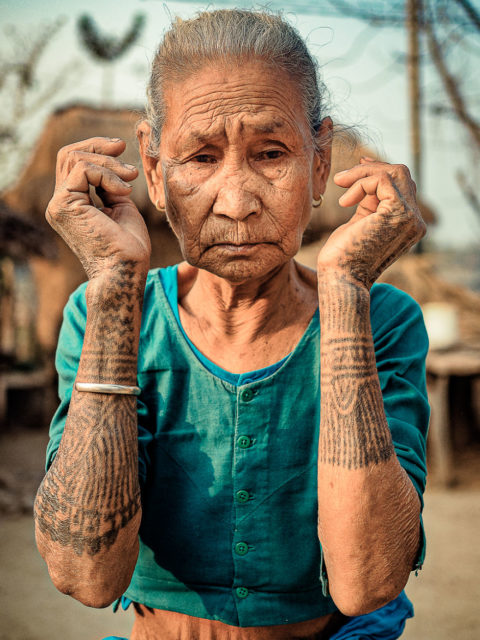
Omar Reda is a Lebanese creative director at the Genesis Riyadh consulting agency, where he has worked since 2013, based in Riyadh, Saudi Arabia. He began his career in 2005 working for Y&R/Riyadh, after graduating in graphic design from the Notre Dame University. He has had a fortunate career path, having worked for some of the biggest companies in the world. Omar’s other passion, alongside graphic design, is photography. With his camera in hand, he travels extensively. One of the places he has visited was Nepal, where he documented the tattooed women of the Tharu tribe, practicing a tradition that may be ending.
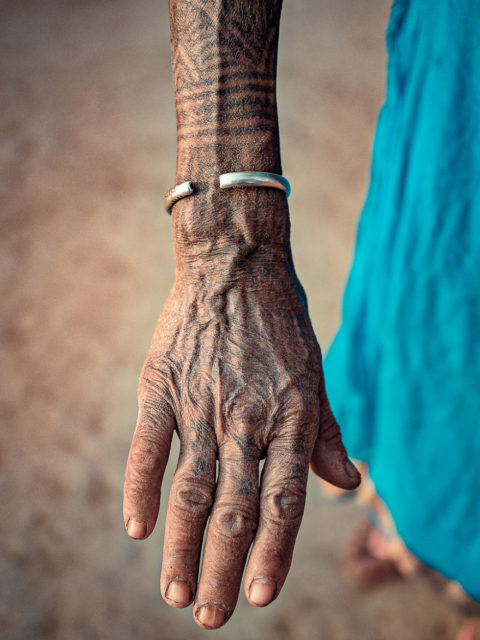
The Tharu peoples are an indigenous ethnic group that live in the southern foothills of the Himalayas. In 2011, the estimated population of the Tharu was approximately 1.7 million, with the majority living in Nepal. Most of these forest people, as they refer to themselves, are Hindu by religion, and survive on agriculture and hunting. They are a people who’ve thrived in isolation. and many varieties of their endemic language still exist.
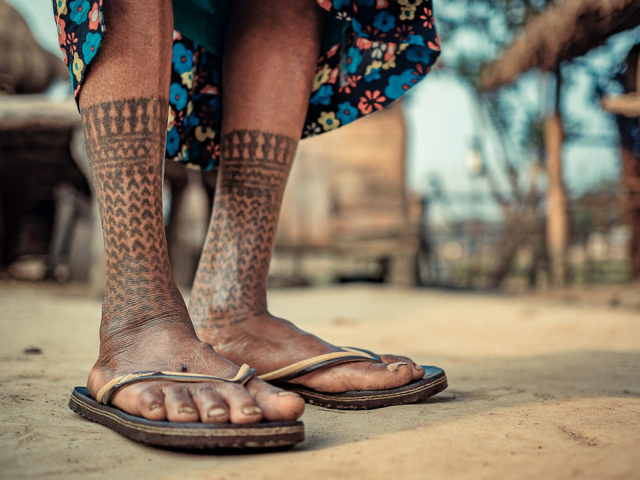
A lot can be found in the Chitwan District of Nepal, where Omar Reda met them and took his intriguing photos. On his visit to Nepal, Omar discovered that the women of the Tharu tribe would have, in the past, all be covered in tattoos. It is not rare for indigenous nations to practice the art of tattooing, but the reasons behind the tattoos of the Tharu women shocked the adventurous photographer.
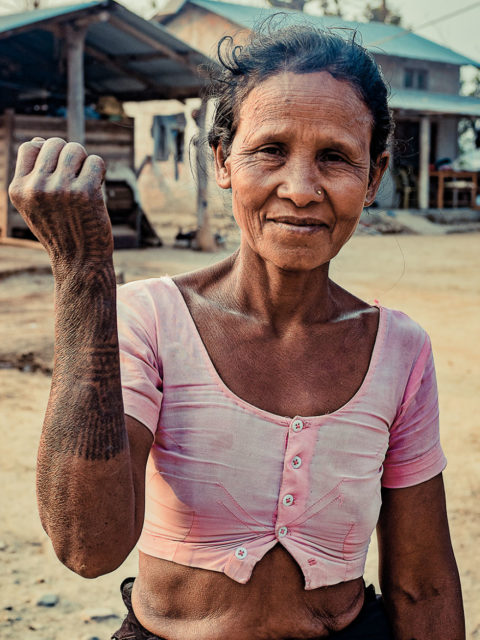
There were three different stories that Omar learned about the tattoos. The first, and most shocking one, tells of how the beautiful girls of the Tharu people were taken as sex slaves by the royal family that ruled the Kingdom of Nepal. Chitwan was the area where the members of the royal family once spent their summers. The constant abduction of the Tharu beauties made the women put tattoos on their bodies, so that they would look ugly to the royal men.
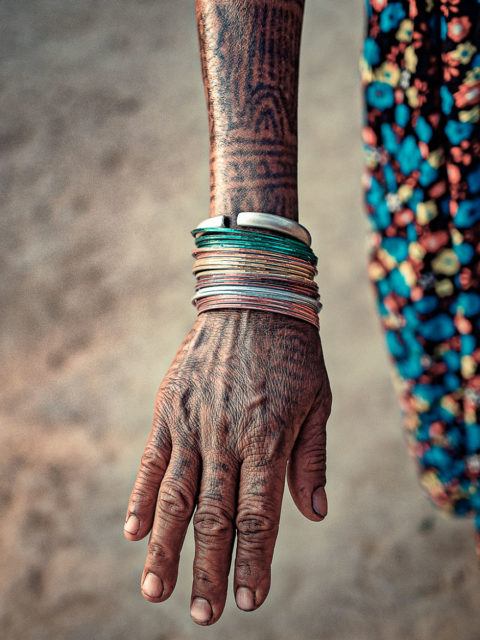
The second story explains that the tattooing was mandatory for teenage girls. If the girl did not have these tattoos, then she would be expelled from the community, as well as from her family. Non-tattooed women were not allowed to marry or even talk to other people.
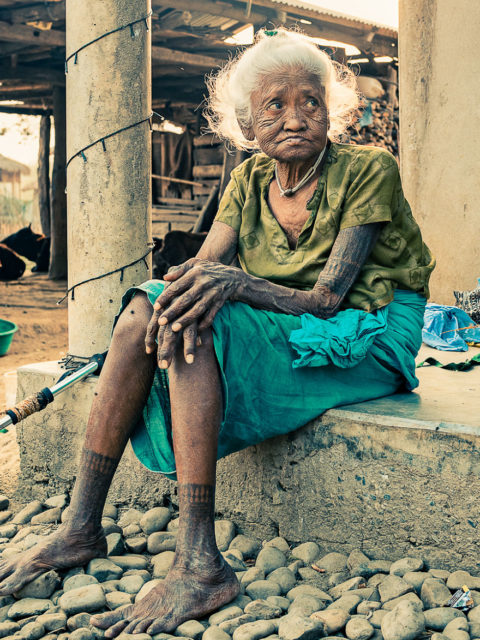
The Tharu went so far as to forbid people from taking anything that a woman without a tattoo had previously touched. So, in order to be accepted by their people, the Tharu girls had to cover their bodies with ink.
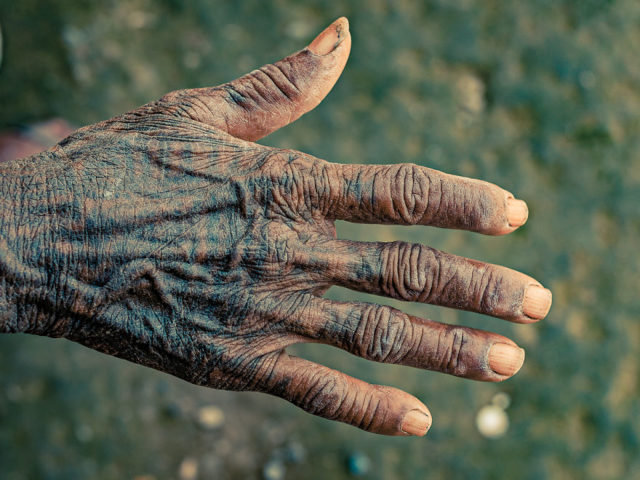
The third story is the least shocking one. It says that the tattoos were done in order to enhance the beauty of the women so that when they die, they will go to heaven in the most beautiful form. It is not certain which of the three stories is true. It may be none, or it might be all; however, it is certain that the art of tattooing played a very important role among these people.
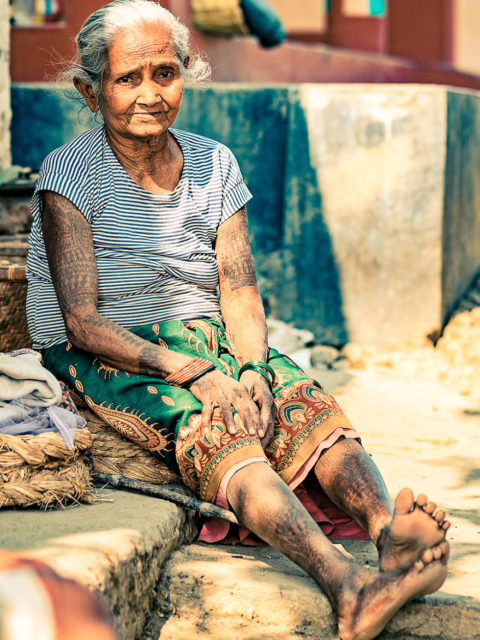
Nepal is not the only place where Omar Reda has taken photos. Many of his incredible images can be found on his personal website or Instagram account; photos from Turkey, Tanzania, India, and many other beautiful countries where Omar has captured some of the rich and unique cultures still remaining around the world.
In Omar’s own words, he is interested in the stories of humans and of nature, and so far his wonderful photos have been featured in the National Geographic, Daily Mail, Buzzfeed, Behance, Petapixel and many others.
